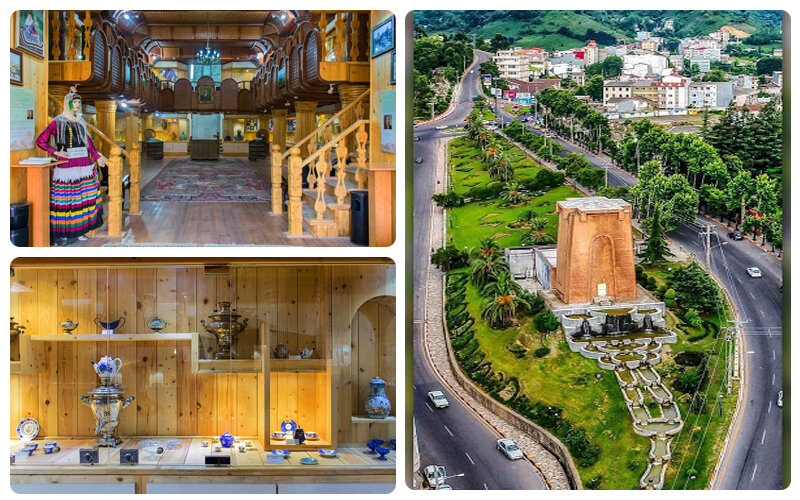103 historical objects donated to tea museum

TEHRAN – A cultural heritage advocate has recently donated 103 historical objects to a tea museum in Lahijan, northern Iran.
“The objects donated to the Tea Museum of Lahijan comprise 103 exquisite porcelain dishes that include teapots, pitchers, glasses, cups, saucers, perfume bottles, bowls, plates and decorative dishes,” Gilan province’s tourism chief said on Friday.
A delightful custom and tradition that has existed among the people of Gilan since ancient times is giving objects to museums, Vali Jahani said.
Iranian farmers produced 26,171 tons of dry tea in the past Iranian calendar year (ended on March 20), Head of Iran's Tea Organization (ITO) Habib Jahansaz told ISNA.
He put the country’s annual tea consumption at about 100,000 tons, of which about 25,000-30,000 tons is supplied through domestic production and the rest through imports.
Tea harvest season in Iran starts in farmlands across the northern provinces of Gilan and Mazandaran in early May.
More than 55,000 families grow tea over 28,000 hectares of farmland in the two provinces, accounting for 90 percent of the country’s total tea production.
Iran also exports tea to India, Uzbekistan, Tajikistan, Turkmenistan, Canada, Australia, Spain, the Czech Republic, and Georgia.
Chai or tea culture is really strong and a sign of hospitality in Iran. The tea and its associated philosophy are well-soaked into the life of Iranians from all walks of life. It also constitutes a vital sign of hospitality across the ancient land; a cup of tea is the first thing that an Iranian will offer their guests!
For almost every Iranian, an earthenware teapot with a drawing of a red rose flanked by a steaming samovar conjures up memories of childhood when mom, grandma, or dad were making a perfect shade of brown, golden tea as the sunlight coming through from the horizon. They usually poured strong thick tea for the adults, and a hint of color for the kids and grandkids!
Iranians start the day with a freshly brewed cup of tea sweetened with some sugar served with their breakfast, believing its taste is in great harmony with bread and cheese. Iranians' story of drinking tea is not limited to mornings with breakfast only; they drink tea at work, after their meals at home, or at night before sleep.
The shade of color, temperature, strength, and taste of the tea is of very importance during formal gatherings and when served to specific guests. Before taking the teacups to the guests, the host traditionally checks the tone, color, and strength of the tea with a single glance behind the shining glass.
AFM
Leave a Comment